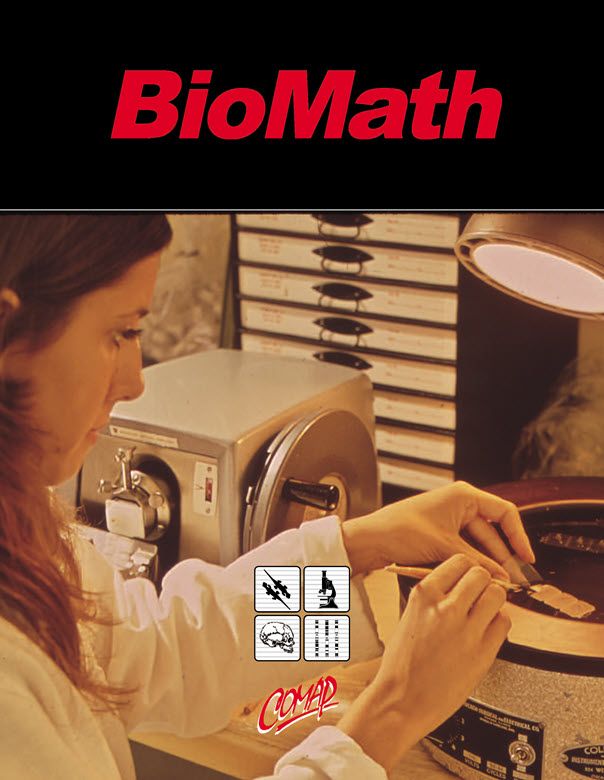DNA Sequencing and Sorting : Identifying Genetic Variations (Student)
Author: Published by COMAP, Inc. in conjunction with DIMACS, Rutgers University.
What is the BioMath Connection (BMC) Project?
BMC was a pioneering project linking biology and mathematics in the high schools. It provided an opportunity for high school teachers, writers, researchers, and others to get in on the ground floor of developing innovative classroom materials. The materials consist of 20 modules that can be flexibly adapted for use in a variety of courses at a variety of grade levels in both biology and mathematics. The project was run by DIMACS at Rutgers University in collaboration with the Consortium for Mathematics and its Applications (COMAP) and Colorado State University (CSU).
Each of the cells in your body contains a copy of your genetic inheritance, the DNA that has been passed down to you, one half from your biological mother and one half from your biological father. This DNA, mixed and mutated in your ancestors over the generations, determines in large part, obvious physical features like eye color and hair color, and, combined with environmental factors like diet and exposure to toxins, can determine susceptibility to medical conditions like hypertension, heart disease, diabetes, and cancer. In this unit you will learn about the joint laboratory and computer technique called genome sequencing, which is being used to study DNA and identify the variations that exist among people. Variation detection is important for understanding how our genomes differ, which will lead to a better understanding of human health and disease.
The unit introduces background material for the following concepts in biology and genetics: DNA, chromosomes, mutations, and polymorphisms. Mathematical and algorithmic concepts include binary numbers and sorting. You will identify where short DNA sequences fit in a reference genome. This is intended to illustrate the mapping process used in genome sequencing and the types of genomic variations that can be discovered as a result of mapping. You will appreciate the need to develop an efficient procedure for locating where short DNA sequences match a reference genome. Sorting the genome is suggested as an approach, and you will investigate the concept of sorting DNA sequences using Radix Sort.
Topics
Biology: Genetics, DNA, chromosomes, sequencing, mutations, and polymorphisms.
Mathematics: Binary numbers and sorting, proportional reasoning and use of algorithms.
Prerequisites
Biology: A basic understanding of DNA structure and function.
Mathematics: An understanding of arithmetic, proportional reasoning, and algorithmic thinking. A basic understanding of numbers in bases other than 10.
Length
This unit consists of 6 lessons and an assessment. It will take 6 or 7 class periods (45 minutes each) if the majority of work is done during class.

Mathematics Topics:
Application Areas:
Prerequisites:
You must have one of our Free Memberships or a paid Full Membership to download this resource.
If you're already a member, login here.